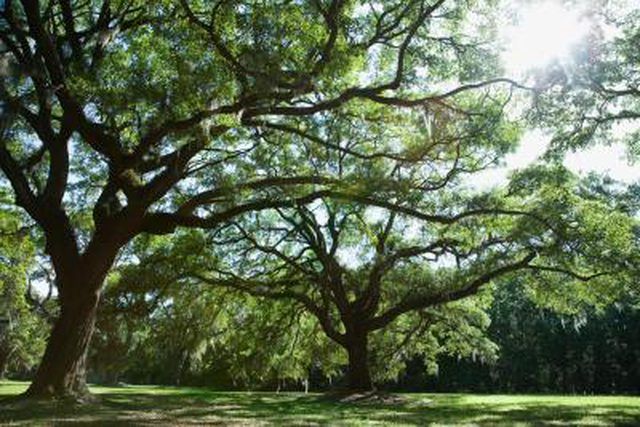Bulbs
Flower Basics
Flower Beds & Specialty Gardens
Flower Garden
Garden Furniture
Garden Gnomes
Garden Seeds
Garden Sheds
Garden Statues
Garden Tools & Supplies
Gardening Basics
Green & Organic
Groundcovers & Vines
Growing Annuals
Growing Basil
Growing Beans
Growing Berries
Growing Blueberries
Growing Cactus
Growing Corn
Growing Cotton
Growing Edibles
Growing Flowers
Growing Garlic
Growing Grapes
Growing Grass
Growing Herbs
Growing Jasmine
Growing Mint
Growing Mushrooms
Orchids
Growing Peanuts
Growing Perennials
Growing Plants
Growing Rosemary
Growing Roses
Growing Strawberries
Growing Sunflowers
Growing Thyme
Growing Tomatoes
Growing Tulips
Growing Vegetables
Herb Basics
Herb Garden
Indoor Growing
Landscaping Basics
Landscaping Patios
Landscaping Plants
Landscaping Shrubs
Landscaping Trees
Landscaping Walks & Pathways
Lawn Basics
Lawn Maintenance
Lawn Mowers
Lawn Ornaments
Lawn Planting
Lawn Tools
Outdoor Growing
Overall Landscape Planning
Pests, Weeds & Problems
Plant Basics
Rock Garden
Rose Garden
Shrubs
Soil
Specialty Gardens
Trees
Vegetable Garden
Yard Maintenance
Dying Oak Trees
Dying Oak Trees. Oak trees grow naturally in deciduous forests and serve as shade and decorative trees in parks and yards. They often have long lives, but may be dying if their roots or trunks start to rot or their foliage dies off.

Oak trees grow naturally in deciduous forests and serve as shade and decorative trees in parks and yards. They often have long lives, but may be dying if their roots or trunks start to rot or their foliage dies off.
Demographics
The U.S. Forest Service explains that large percentages of oak trees in the eastern United States often die at the same time as each other due to widespread disease outbreaks and environmental stresses. Individual oak trees also start to die from the combination of improper care, insects and diseases without a widespread outbreak of oak tree problems. Unhealthy oak trees usually take several years to die.
Causes
Oak trees often die when environmental factors or human activities weaken them and make them susceptible to diseases and pests. The University of California Cooperative Extension-Ventura County blames overwatering, excessive pruning, root cutting and root crowding, fire and drought for weakening oak trees. Diseases or insects, root rot fungi, trunk rot fungi and boring insects, must also be present in the soil or on nearby trees to infest new trees and cause them to die.
Prevention/Solution
Thinning out heavily planted oak trees provides better ventilation for the trees and allows gardeners to remove dying and infected trees before their diseases spread to healthy trees. Horticultural oil sprays act as fungicides and insecticides, killing leaf fungi, insect eggs and some adult insects. Gardeners should remedy moderate root rot by reducing irrigation and allowing tree roots to dry out. Trees with severe root rot and trunk rot, however, are usually structurally unstable and warrant removal.